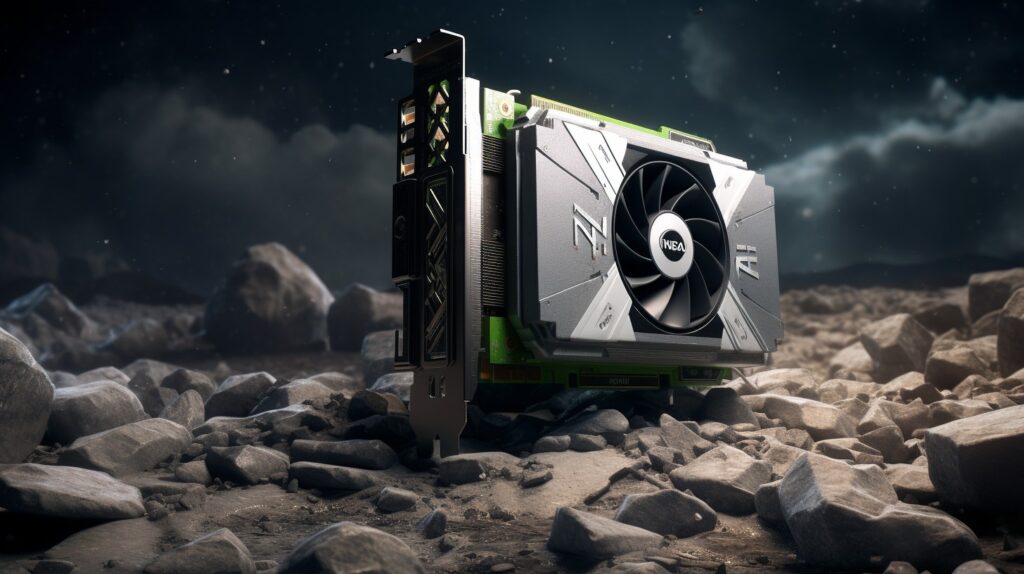It’s that time of month again when Valve announces the findings of its study on Steam hardware and software, and Nvidia continues to dominate the graphics card market, which should come as no surprise. According to the November statistics, Nvidia has 72.5% of all entries, with its GPUs based on Ampere technology (GeForce RTX 30-series, for example) making up 27.3% of all the various architectures.
Each month, Valve compiles the information it learns from randomly requesting PC system and software parameters from Steam accounts, including operating system type, CPU, GPU, RAM capacity, and so forth. Since you have to consciously decide to participate, it’s obviously not done without the account holder’s permission. There is naturally some scepticism about the conclusions because Valve never discloses the number of accounts it samples.
The stats have been somewhat distorted in recent years by the quick expansion of PC gaming in Asia and the release of a Steam version specifically for China, but media outlets, hardware suppliers, and game publishers aren’t ignoring them. What state is the breakdown in at the moment?
RTX 3060 Laptop, RTX 2060, RTX 3060 Ti, GeForce RTX 3060, GTX 1650, and GTX 1060 are the six graphics cards from Nvidia that rank highest. All in all, these standard, mid-range GPUs account for 25% of the total, with the RTX 3060 sitting at little over 5% of the total.
It’s important to note that the operating system language explains why this is the case, even if it has essentially maintained the top spot for the last three months. Simplified Chinese typically makes up 29% of the survey (averaged over eight months), but in October, it accounted for an astounding 45.9% of the data. But it fell back to 26% for the November survey, so the more recent numbers are probably much more indicative of PC gaming overall.
Looking back a little further, the GeForce GTX 1650 and GTX 1060 were the highest performers of all time, and they remain near the top today. Taking second place in the poll with 18% of the total, Nvidia’s Pascal era of graphics cards—which includes the GTX 1060—remains highly popular (followed by Turing at 15.8% and the recent Ada Lovelace at 9%).
Ada accounted for 3.7% of all GPUs in July, so the fact that it has more than doubled in just four months must be excellent news for Nvidia. Maybe Jen-Hsun won’t have to worry about that in the mornings now.
It’s a depressing read about the competition, regrettably. With a five-month average of 10.5%, AMD accounts for just 11.5% of the total, while Intel comes in a distant third with 6.3% (4.7% average). For the latter, the graphics processor is incorporated into the CPU and is known as an integrated GPU. Its Arc graphics cards are completely absent.
AMD’s RDNA 2 is by far its most popular choice for GPU, making up 3.3% of all the architectures examined. The Radeon RX 7900 XTX is the only entry in its current RDNA 3, and it is ranked way down in 69th place—35 spots below the RTX 4090 and 25 spots ahead of the RTX 4080.
Regarding top-tier graphics cards, there aren’t many of them. That should come as no surprise, of course, but given that they make up only 1.5% of all GPUs surveyed, I find myself wondering why game developers design graphical settings that only a small percentage of GPUs seem to be able to support. They might have access to more accurate data than Valve’s hardware survey, but I doubt it would reveal a very different picture.
Regardless of the truth, the RTX 3060 is probably going to be at the top for a long time because Nvidia isn’t going to stop making its incredibly popular GPU just yet.
